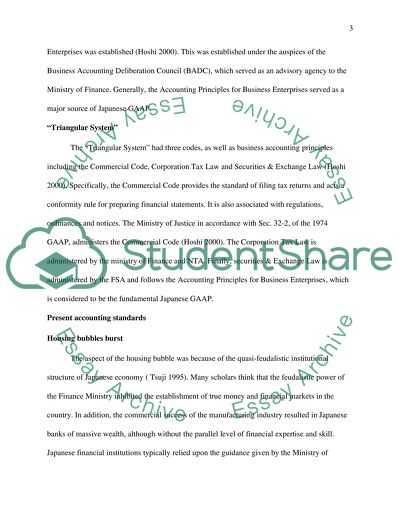Cite this document
(“International accounting Essay Example | Topics and Well Written Essays - 2500 words - 1”, n.d.)
International accounting Essay Example | Topics and Well Written Essays - 2500 words - 1. Retrieved from https://studentshare.org/finance-accounting/1682337-international-accounting
International accounting Essay Example | Topics and Well Written Essays - 2500 words - 1. Retrieved from https://studentshare.org/finance-accounting/1682337-international-accounting
(International Accounting Essay Example | Topics and Well Written Essays - 2500 Words - 1)
International Accounting Essay Example | Topics and Well Written Essays - 2500 Words - 1. https://studentshare.org/finance-accounting/1682337-international-accounting.
International Accounting Essay Example | Topics and Well Written Essays - 2500 Words - 1. https://studentshare.org/finance-accounting/1682337-international-accounting.
“International Accounting Essay Example | Topics and Well Written Essays - 2500 Words - 1”, n.d. https://studentshare.org/finance-accounting/1682337-international-accounting.


